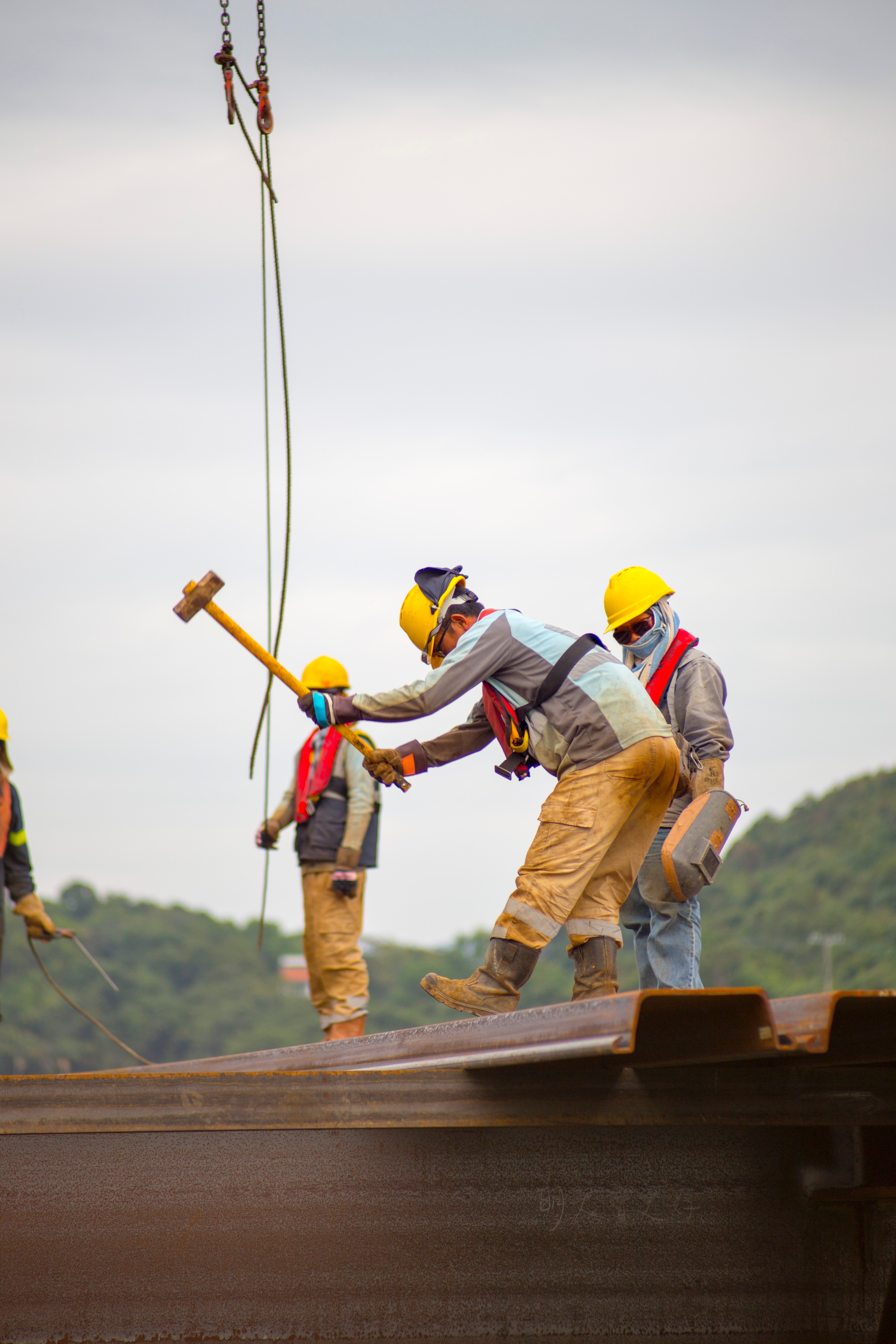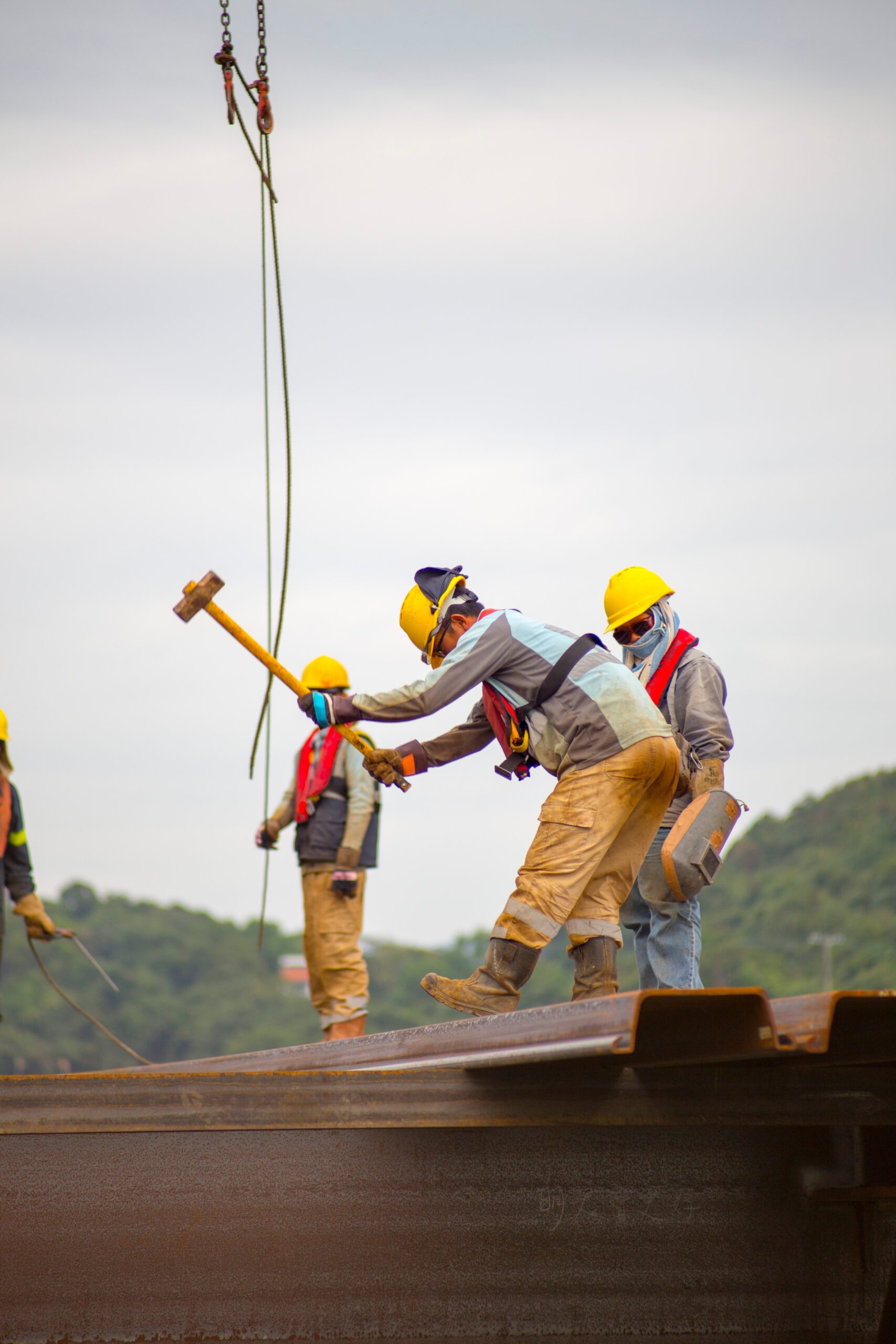
Improve employee training
New workers are three times more likely to sustain an injury in their first month than workers with a year's experience on the job. By improving employee training and tailoring programs to the demands of each individual role, you can better minimize the risk of accident and injury (a lab employee, for instance, requires vastly different training to an industrial line worker). In fact, OSHA advises implementing different plans for five key areas in order to form a comprehensive health and safety approach: hazard assessment; hazard mitigation; hazard prevention; electrical safety; and safety training. Additionally, it’s important to provide refresher training sessions on a regular basis. Never make health and safety training a one-time occurrence. By reiterating health and safety information and advice throughout the year, you can ensure workers maintain awareness of best practices.
Implement a health and safety management system
A health and safety management system is essential for identifying and resolving workplace hazards and protecting workers, as well as improving overall operational performance. In fact, it can reduce total costs arising from occupational injuries by at least 20-40%. To devise your system, OSHA recommends first identifying any health and safety issues, including, risks and hazards, management system deficiencies, and opportunities for improvement, and then prioritizing those issues. You can then determine the goals of your health and safety management system in order to maximize workplace safety and minimize risks. If an employee does sustain an injury while on the job, it’s important they inform themselves of their legal rights. Filing a lawsuit for personal injury damages can help injured employees secure financial compensation to cover the cost of medical bills and lose income, Aaron Allison Law explains.

Incentivize compliance
By incentivizing compliance, you have a better chance of ensuring your employees adhere to health and safety standards. Industrial workplaces often involve high-risk activities dealing with heavy machinery, electrical tools, and toxic chemicals on a daily basis. As such, employees can easily become too comfortable and lax, which results in potential injury or death. Incentivizing compliance could, for example, involve rewarding employees or managers when they achieve pre-set health and safety goals. Similarly, examples of non-compliance with rules and guidelines should also be corrected.
Health and safety should be a priority in all industrial workplaces. By improving employee training, implementing a health and safety management system, and incentivizing compliance, you can keep your workplace as safe as possible for employees.



